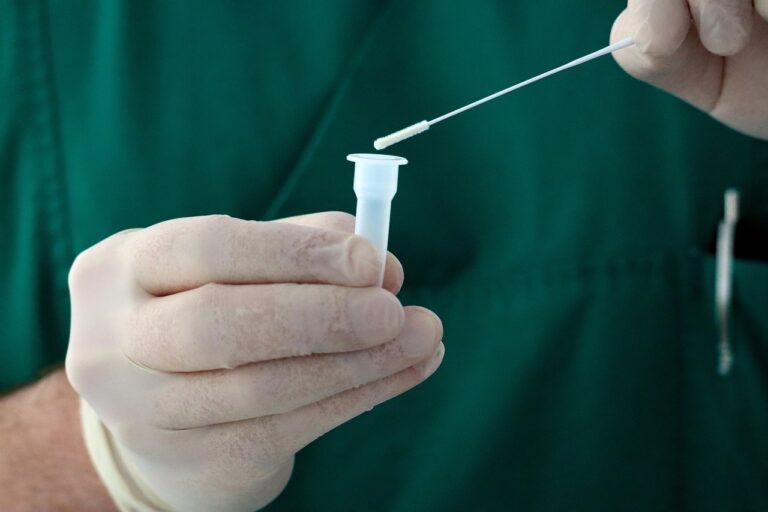Security Protocols in Healthcare Settings: Balancing Safety and Access
Healthcare settings are particularly prone to security risks due to the sensitive nature of the information and resources housed within these facilities. Unauthorized access to patient records, medical supplies, and other critical assets can result in privacy breaches, data theft, and compromised patient care. Moreover, the constant flow of staff, patients, and visitors through healthcare facilities creates opportunities for malicious actors to exploit vulnerabilities and gain entry to restricted areas.
In addition to physical breaches, healthcare settings are increasingly becoming targets of cyber attacks, with hackers seeking to access confidential patient data and disrupt critical healthcare systems. The growing reliance on interconnected technology in these settings poses a significant risk, as outdated or improperly configured systems can serve as entry points for cyber threats. As such, healthcare organizations must remain vigilant in implementing robust security measures to safeguard against both physical and digital security risks.
Importance of Access Control in Healthcare Facilities
Access control in healthcare facilities plays a crucial role in ensuring the safety and security of patients, staff, and visitors. By implementing strict access control measures, healthcare facilities can prevent unauthorized individuals from entering restricted areas, such as patient rooms, medication storage areas, and operating rooms. This helps to protect sensitive information and medical equipment from falling into the wrong hands, ultimately safeguarding the well-being of everyone within the facility.
Moreover, access control systems can also aid in emergency situations by allowing for the quick and efficient evacuation of individuals in case of a security threat or natural disaster. By restricting access to certain areas during emergencies, healthcare facilities can ensure that individuals are guided to safety and that emergency response teams can efficiently carry out their duties without interference. This not only enhances the overall security of the facility but also contributes to a swift and coordinated response to emergencies, potentially saving lives in critical situations.
• Access control in healthcare facilities is essential for ensuring the safety and security of patients, staff, and visitors.
• Strict access control measures help prevent unauthorized individuals from entering restricted areas such as patient rooms and medication storage areas.
• Protecting sensitive information and medical equipment from falling into the wrong hands is crucial for safeguarding everyone within the facility.
• Access control systems can aid in emergency situations by allowing for quick and efficient evacuation of individuals during security threats or natural disasters.
• Restricting access to certain areas during emergencies ensures that individuals are guided to safety and emergency response teams can efficiently carry out their duties without interference.
Technological Solutions for Enhancing Healthcare Security
Advancements in technology have revolutionized the way healthcare facilities address security concerns. One key technological solution that has gained traction is the use of biometric authentication systems. By incorporating fingerprint or iris recognition technology, healthcare facilities can better control access to sensitive areas and ensure that only authorized personnel are able to enter.
Additionally, the implementation of real-time location systems (RTLS) has proven to be invaluable in enhancing healthcare security. RTLS technology utilizes tags and sensors to track the location of equipment, patients, and staff within a facility. This not only helps in preventing theft and loss of valuable assets but also enables quick response in emergency situations by locating individuals in need of assistance.
What are some common security risks in healthcare settings?
Some common security risks in healthcare settings include data breaches, unauthorized access to patient information, theft of medical equipment, and potential violence against staff.
Why is access control important in healthcare facilities?
Access control is important in healthcare facilities to ensure that only authorized personnel have access to sensitive areas such as patient rooms, medication storage areas, and secure data systems. This helps prevent security breaches and protect patient privacy.
What are some technological solutions for enhancing healthcare security?
Some technological solutions for enhancing healthcare security include biometric authentication systems, video surveillance cameras, intrusion detection systems, and secure communication platforms. These tools can help healthcare facilities better manage access control, monitor for security threats, and protect patient data.







